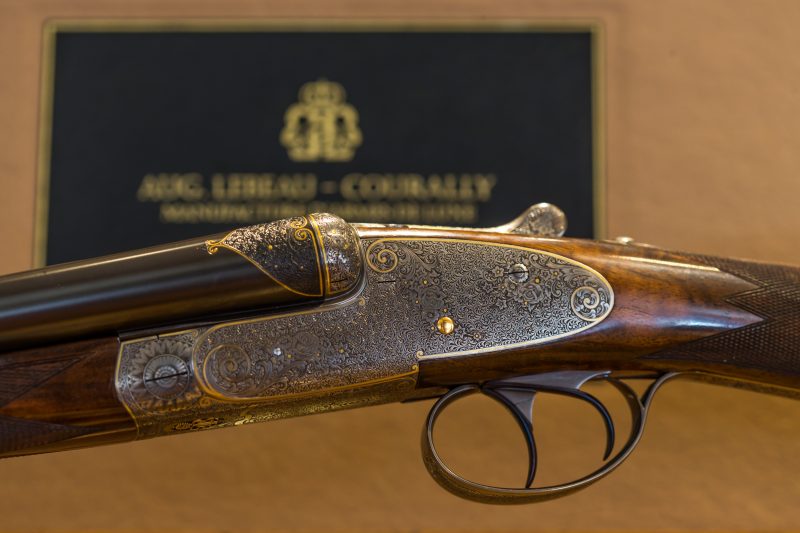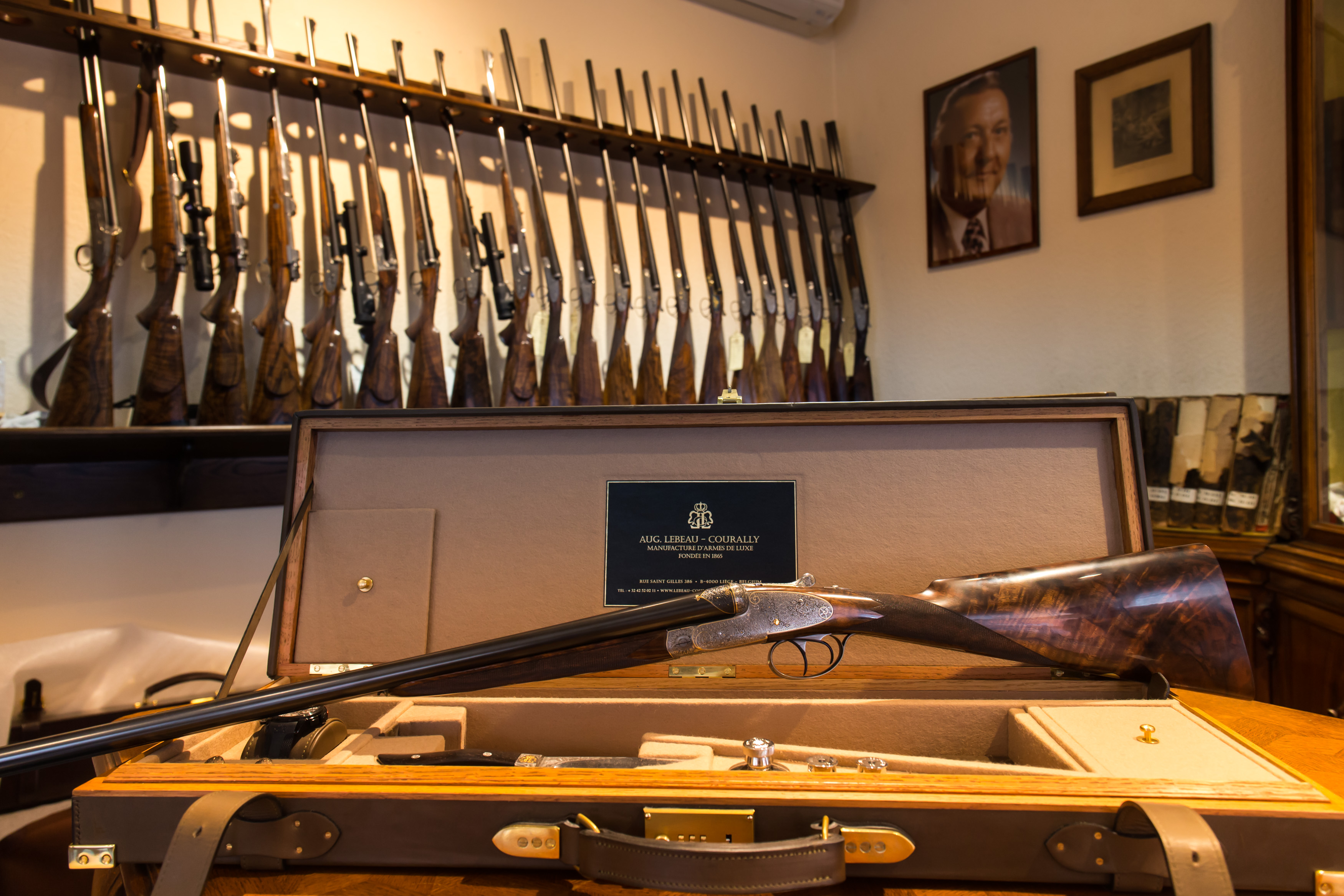
History of Liège
Once upon a time, there was a town in Belgium, called Liège, Luik or Lüttich, depending on the three official languages of Belgium. It was the cradle of the continental coal- and steel industry and became a center of the heavy industry.
Firearms were produced in Liège since the 16th century, supplying nearly every country in the world.
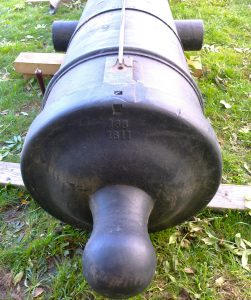
At the beginning of the 19th century, the amount of manufacturers in Liège increased steadily. From 36 in 1816 they grew to 97 in 1856 and even doubled to 177 in 1884. The development reached it’s peak in 1909 with 195 factories. Between 1889 and 1913 nearly 12000 people worked in the firearms industrie, building 30 Million firearms in total, mainly for export. In 1900 Liège produced more firearms than St. Etienne and Birmingham together. It was the so called “Golden Age” for the town at the banks of the Meuse river. Later, in the second half of the century, industrialization grew up, and in 1889 several manufacturers linked up to “Les Fabricants d’Armes de Guerre Réunis“ in order to continue to exist in the international competition. Some times later, this association changed to „Société anonyme Fabrique Nationale d’Armes de Guerre“ in brief FN, existing as a big player until today.
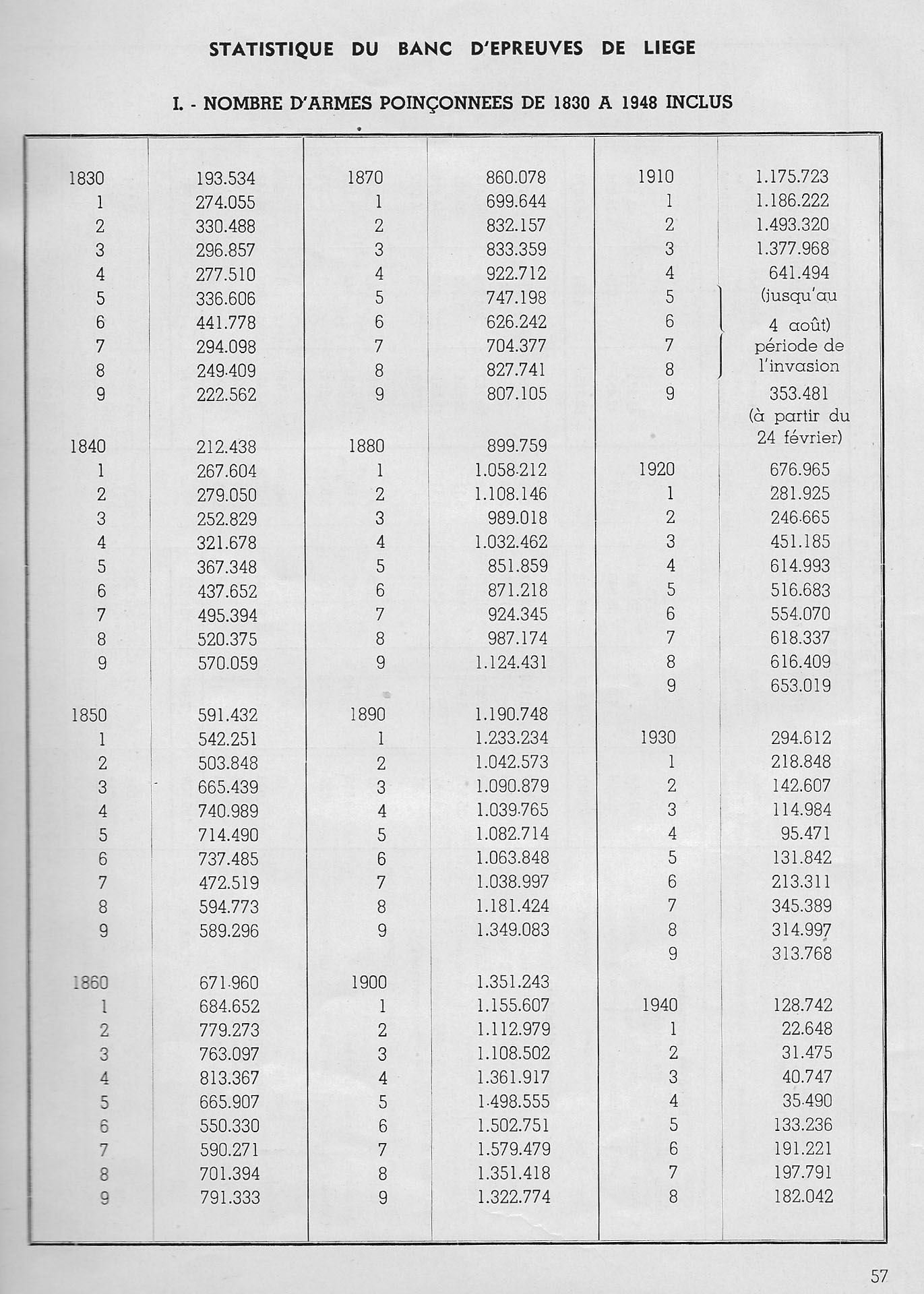
History of Lebeau-Courally
One of the smaller manufacturers was August Lebeau, who established his workshop in 1865, offering Revolvers and hunting arms.
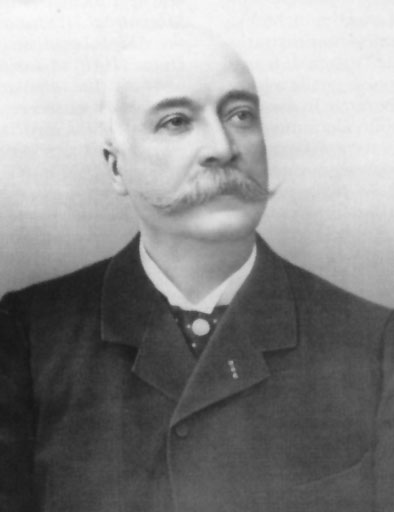
After August Lebeau’s death in 1896, a man from St. Etienne, France, took over the firm: Ferdinand Courally. It’s not clear, if he himself was a gunmaker. But what became evident in the following years was his excellence as a business man.
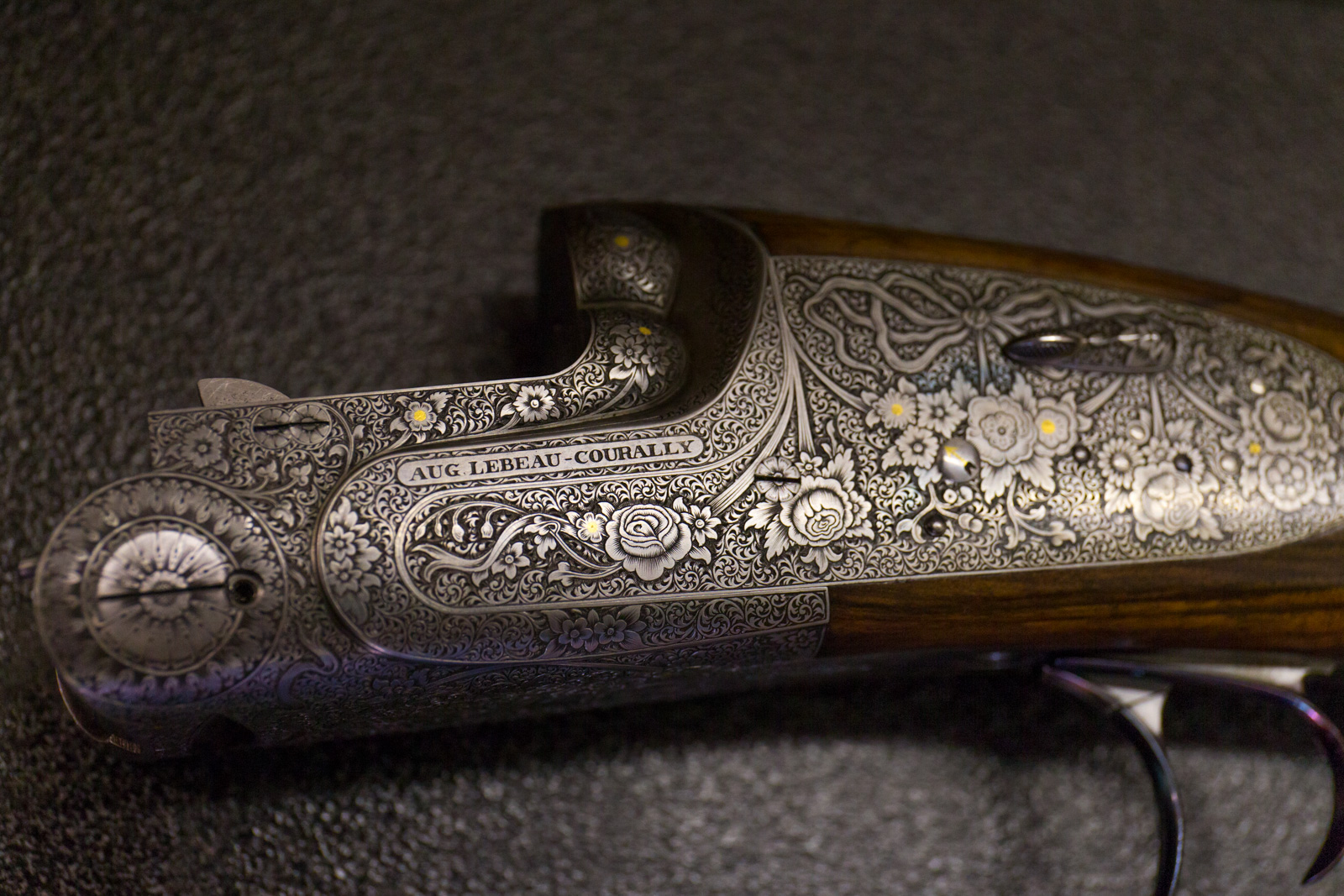
Important, not only with firearms, is the marketing. Ferdinand Courally realised, that it was not enough, to build excellent guns. There were a lot of great names in the gun business in those days with Francotte, Bury, Defourny or Dumoulin, to name only a few, not to forget the famous London gunmakers. It’s the publicity, that makes the difference. There were some members of the european nobility, who already shoot with Lebeau guns.
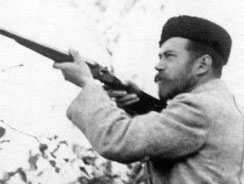
Most prominent of them was Tsar Nicolaus II, who owned a pair of 20 Gauge Anson guns with the numbers 31831 and 31832, probably built in 1890, which would mean in the August Lebeau era.

Courally recognized the usefulness of the Royals, who were the “Celebrities” of their time and in great demand for promoting purposes, comparable with the celebs of today,mostly athletes, actors and singers. Courally build all the advertising on this illustre clientel. No catalogue, no publication comes without them. Soon Lebeau-Courally became Royal Warrant Holder of the courts of Russia, Italy and Spain. And it lived up to expectations. Using the skills of the craftsmen in Liège, who built excellent guns. As one of the first, he offered real bespoken guns to his clients, who can choose nearly all features of their gun after their own taste.
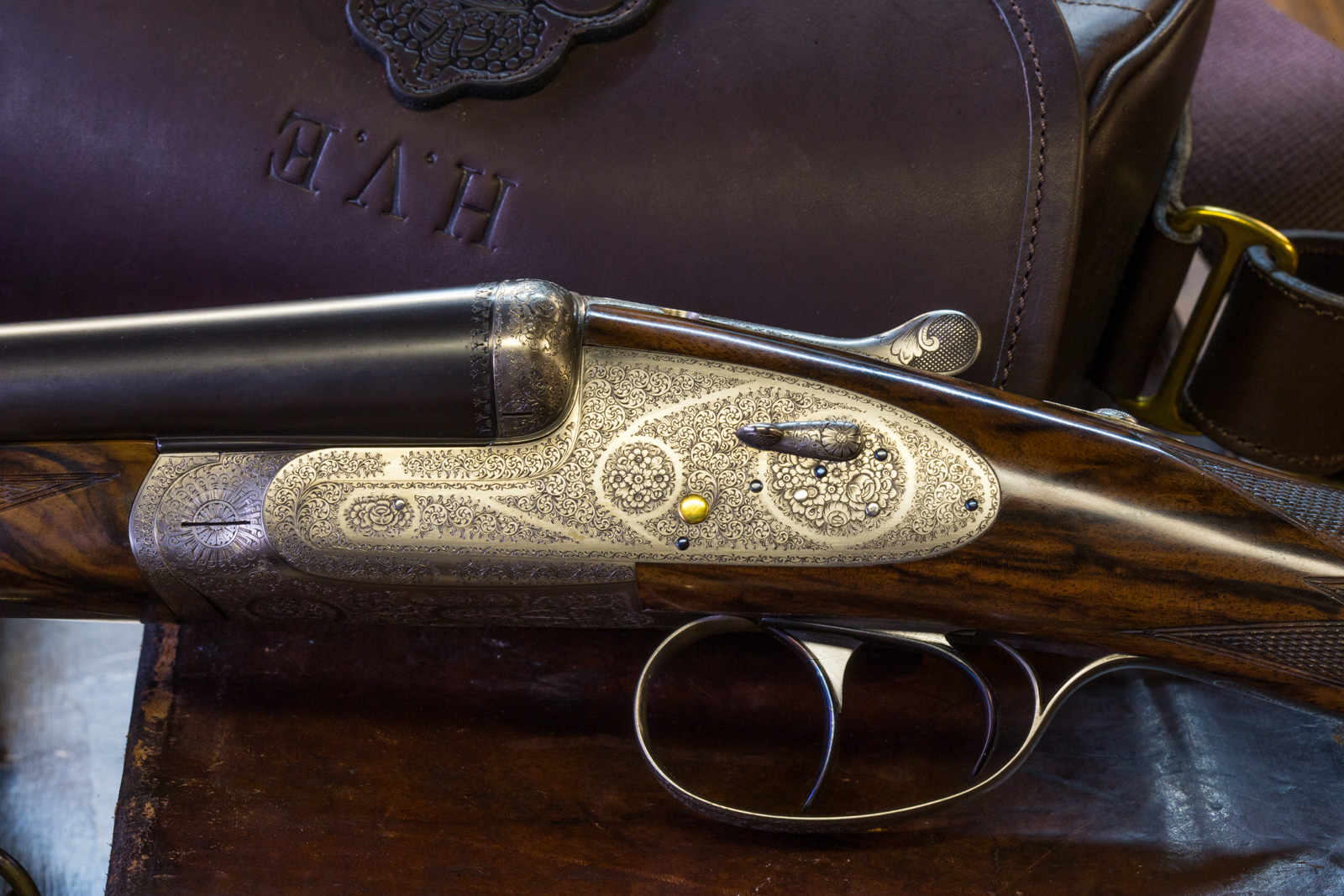
With World War I, the Golden Age came to a sudden end. Belgium was occupied and has to produce weapons of war only. In 1919, Ferdinand Courally resigned and went back to France. His shoes filled the british business man Philippe Reeve, who hold the position until his death. Under his leadership, Lebeau-Courally is booming again, before gunmaking came to a final end with the beginning of World War II.
After the war, the difficult situation got worse with the death of Philippe Reeve in 1957. It was a former banker who saved the company in this situation: Joseph Veerres. After 15 years in the financial business, he had found his own gunshop in 1945 without any apprenticeship in gunmaking ever. His company Veerres & Cie. S.A. moved into new premises at Rue Saint-Gilles 386, which is headquarters of Lebeau-Courally to this day.
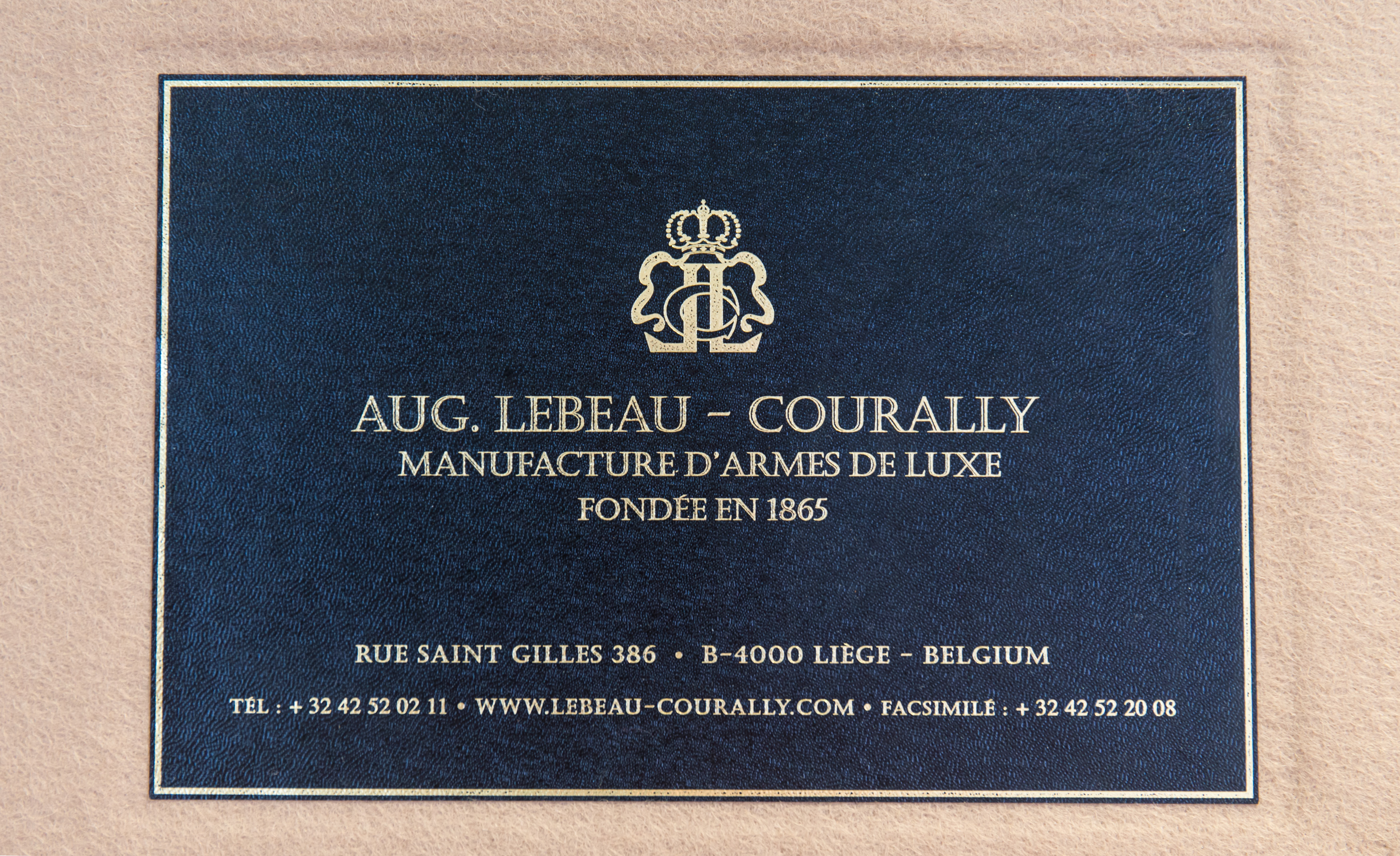
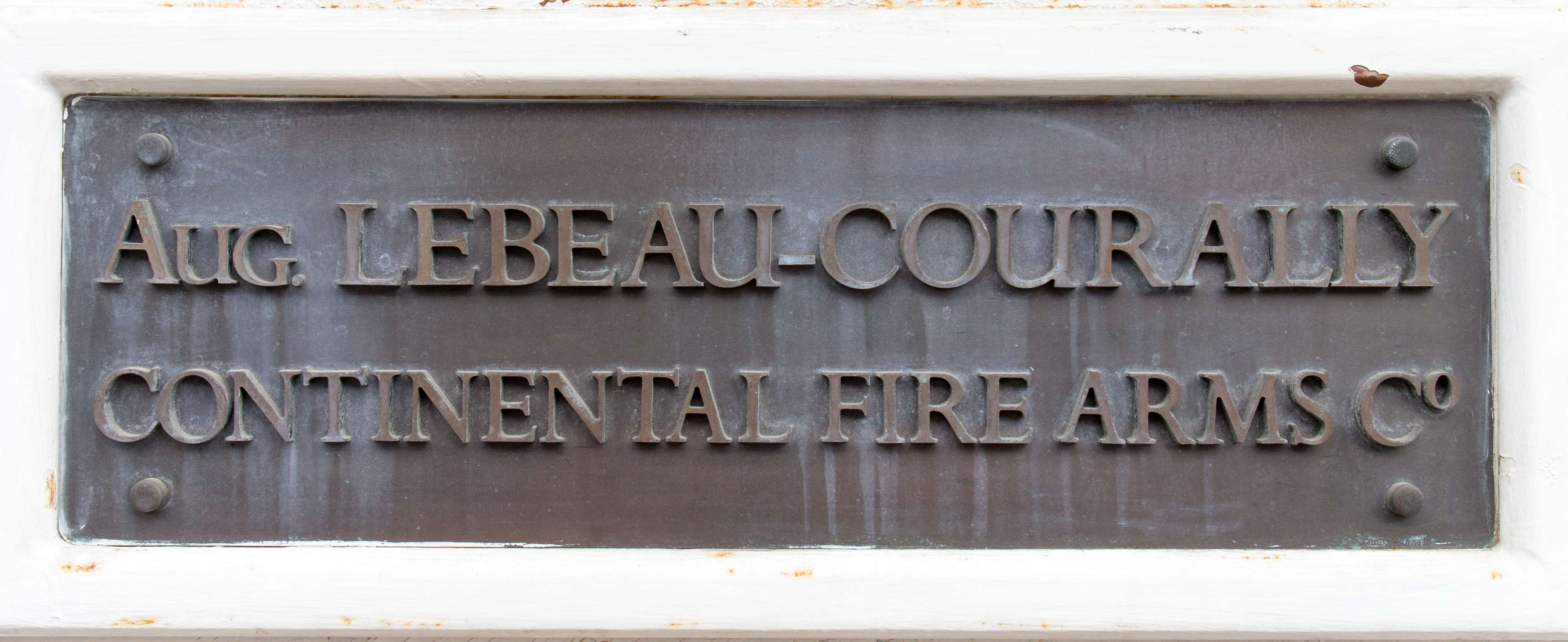
After the death of Joseph Verrees in 1982, his niece Anne-Marie Moermans took over the company. A woman on top of a gunmaking firm was in those times even more unusual than today. But Mrs. Moermans satisfied with her deep knowledge of the gun trade and in the following years she pushed up the marketing. Nevertheless it was a hard fight against the downward trend in the gunmaking industry. After 25 years as head of Lebeau-Courally, she resigned in 2007. In 2008, the successful belgian entrepreneur Joris Ide took over the company with the intention to build up his own luxury label. Looking for another product to complement the brand, he found the segment of the luxury watches.
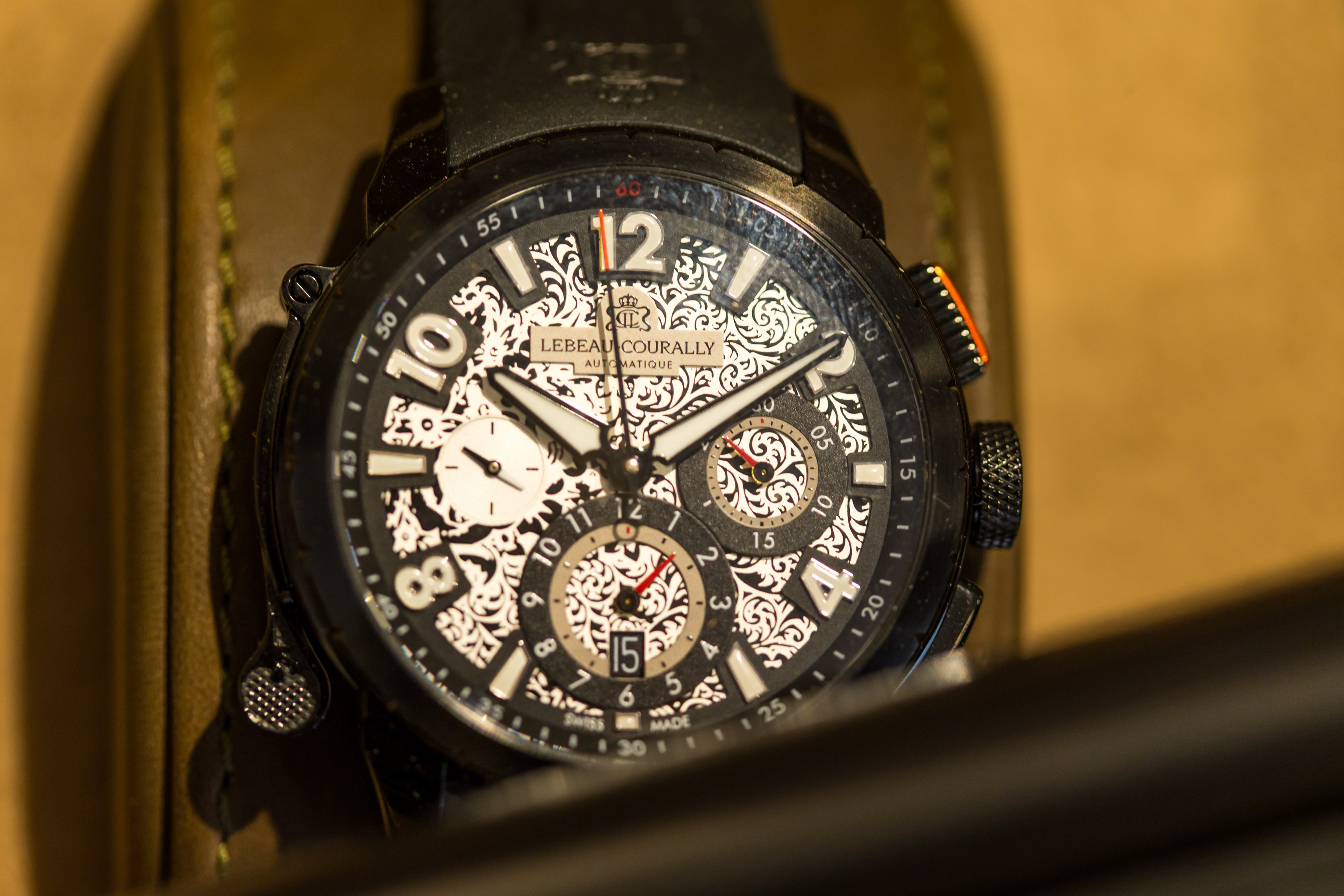
Today Lebeau-Courally offers a wide range of fine watches made in it`s own plant in Switzerland as well as fine guns made in Liège. And again it’s Anne-Marie Moermans who represented the gunmaking department as a Director. Entering the manufacturing plant at Rue Saint-Gilles 386, time appears to have stood still. Several craftsmen are working on guns and rifles the traditional way.
In the Workshop
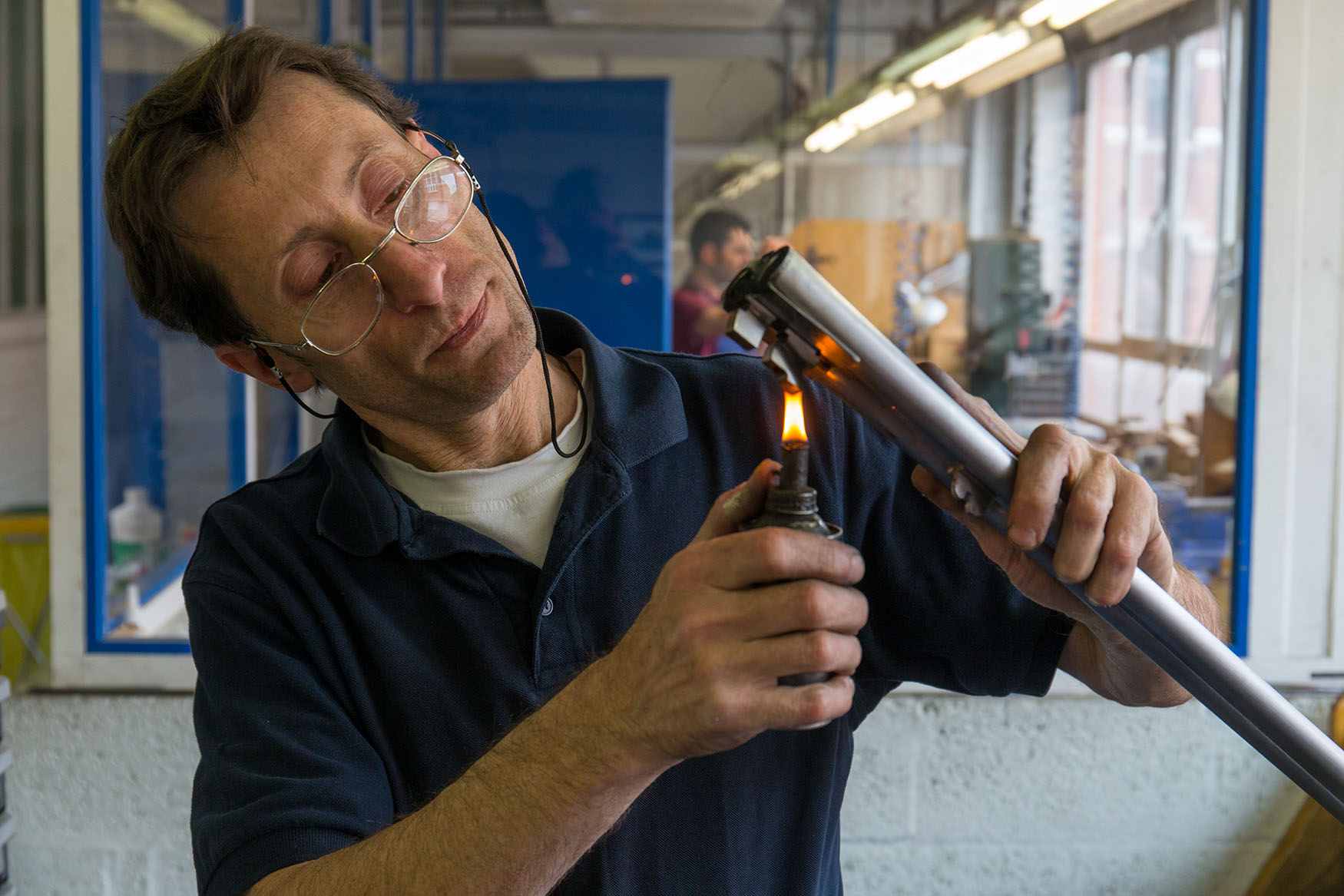
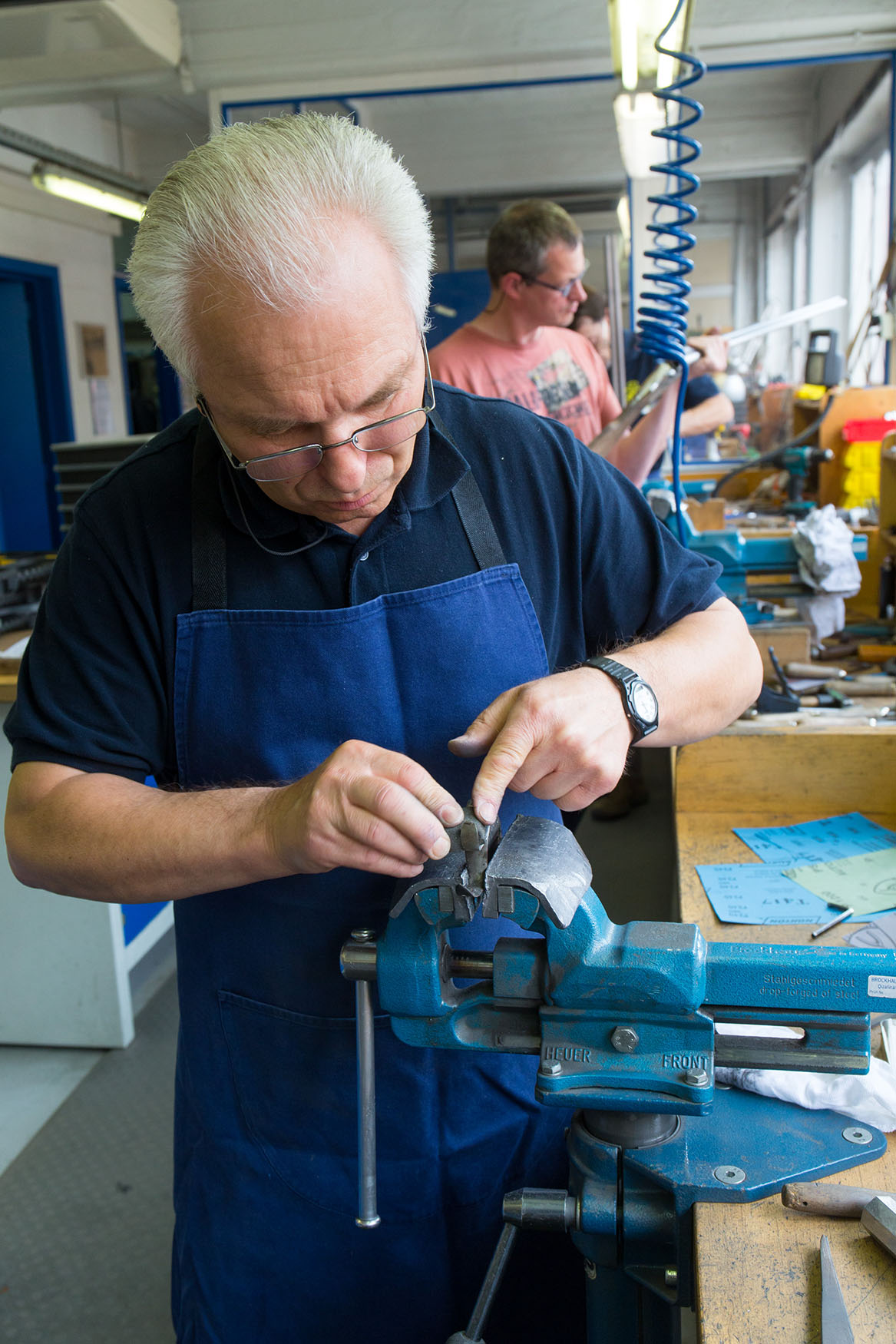
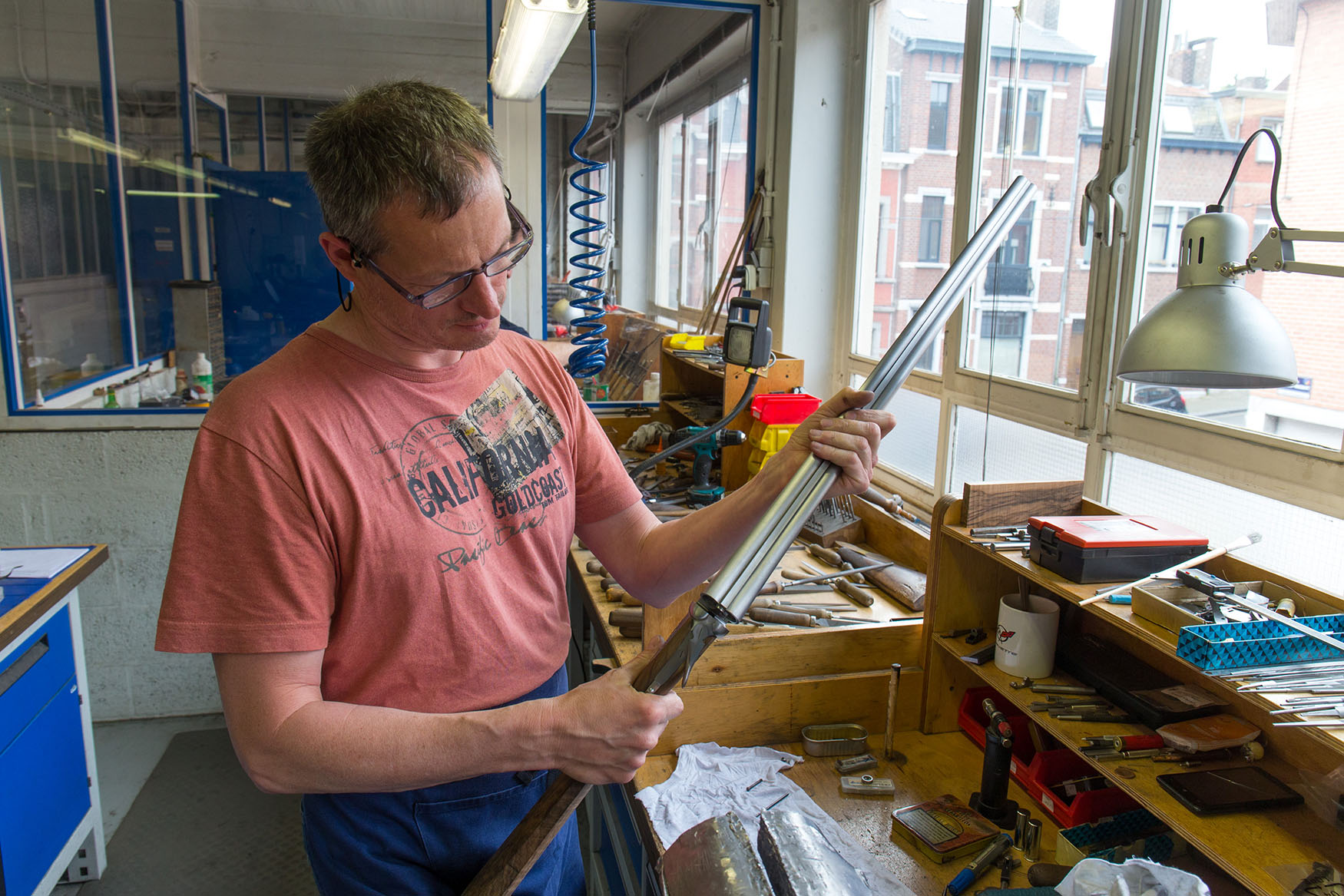
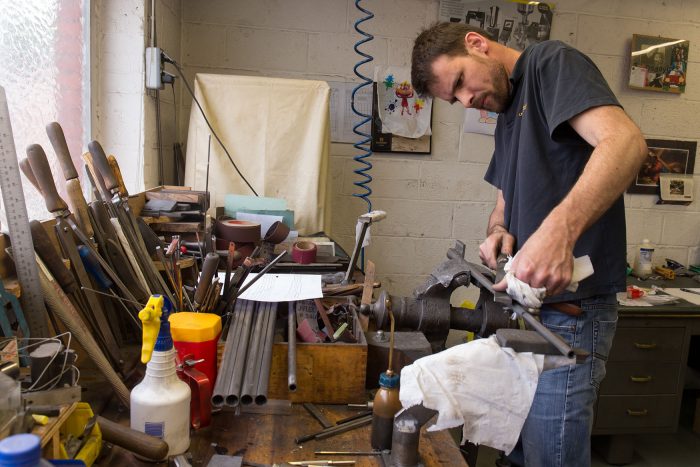
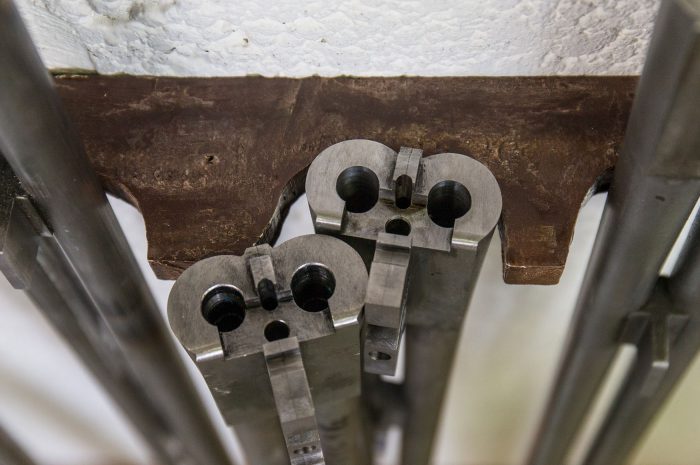
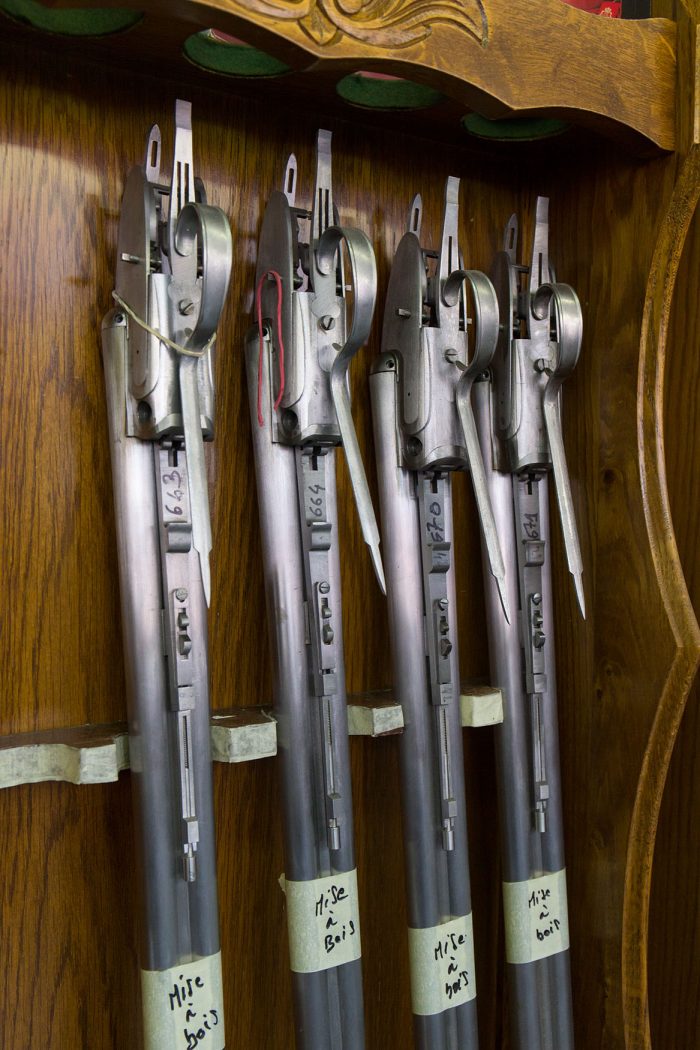
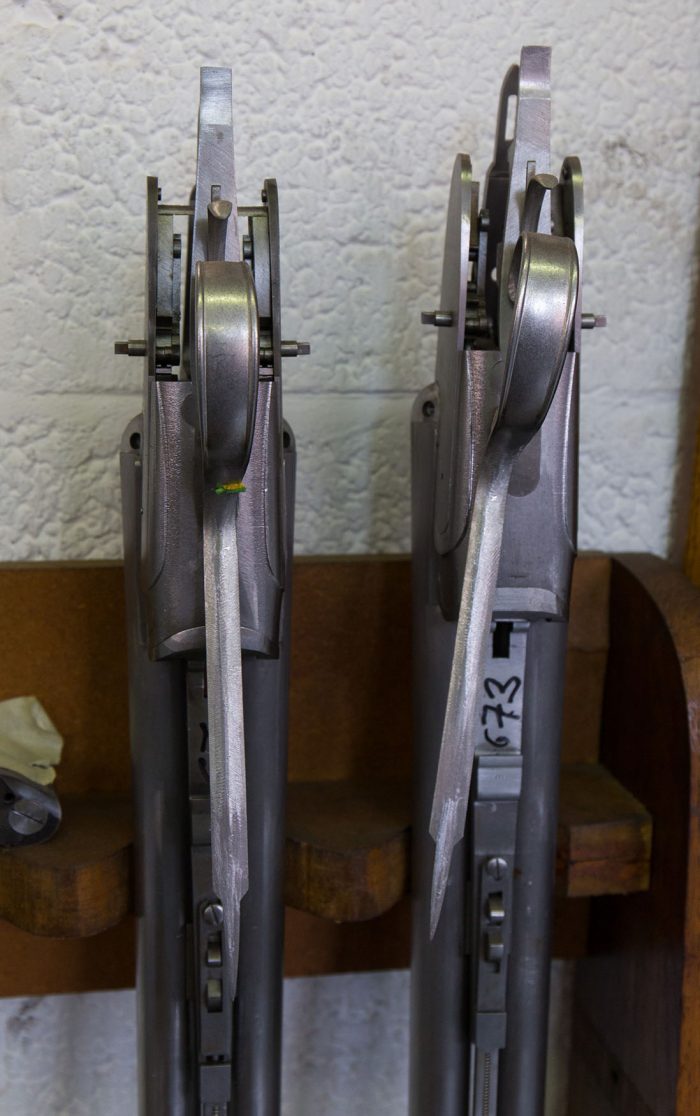
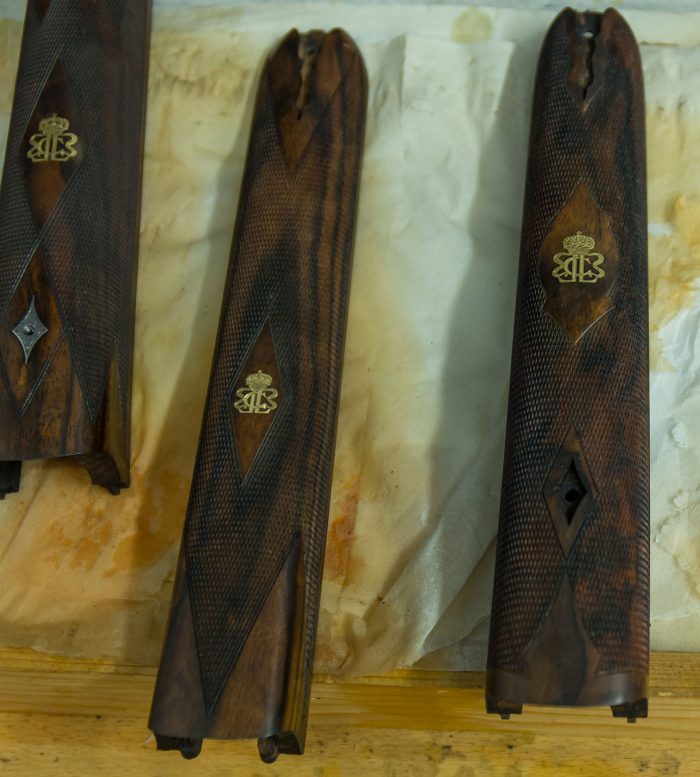
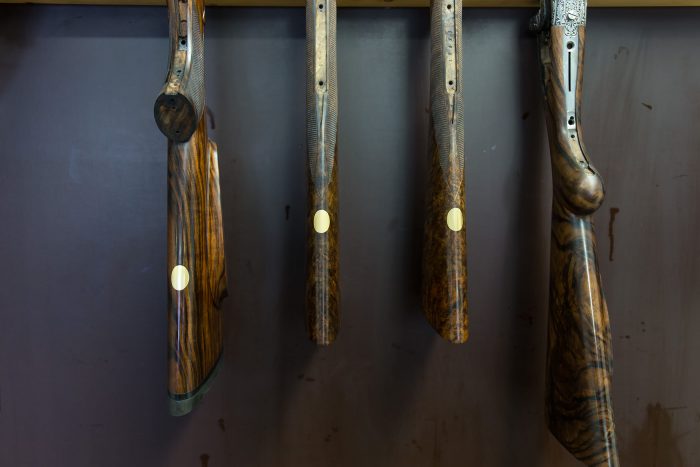
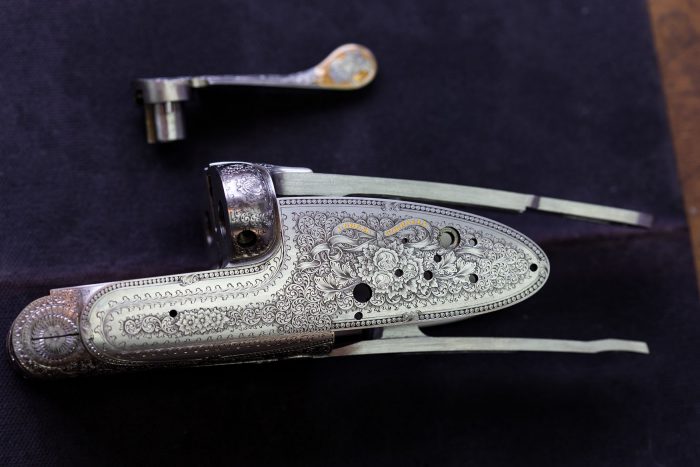
The Guns
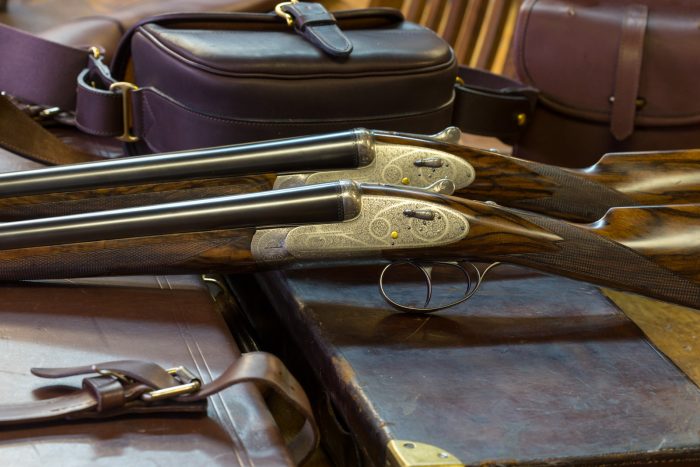
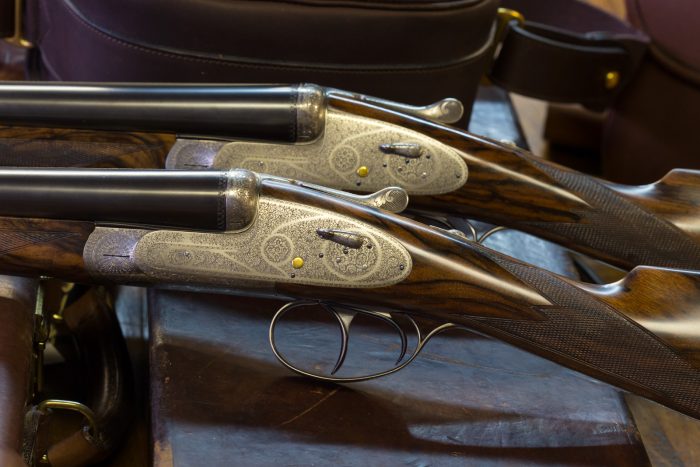
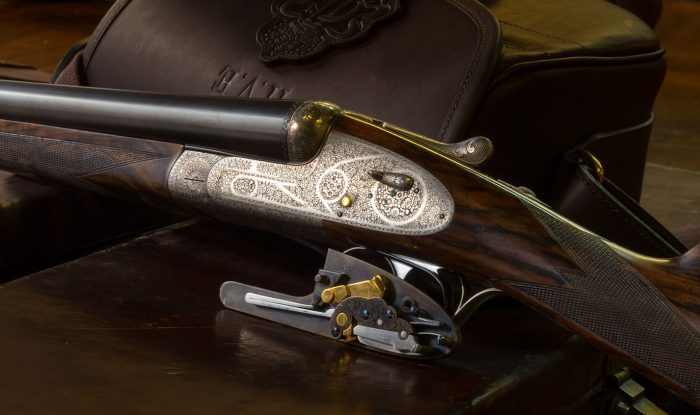
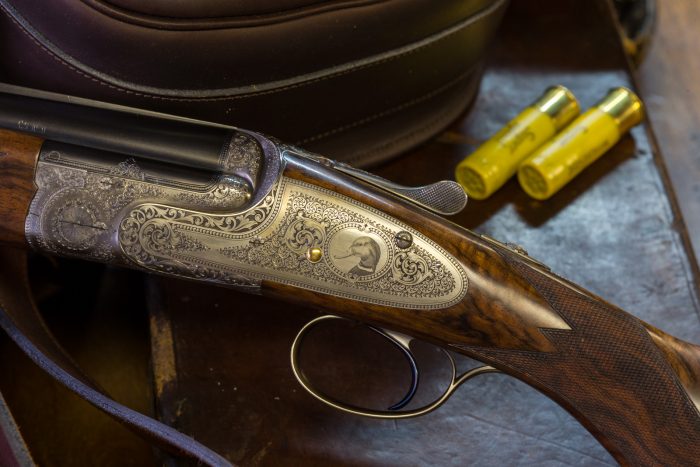
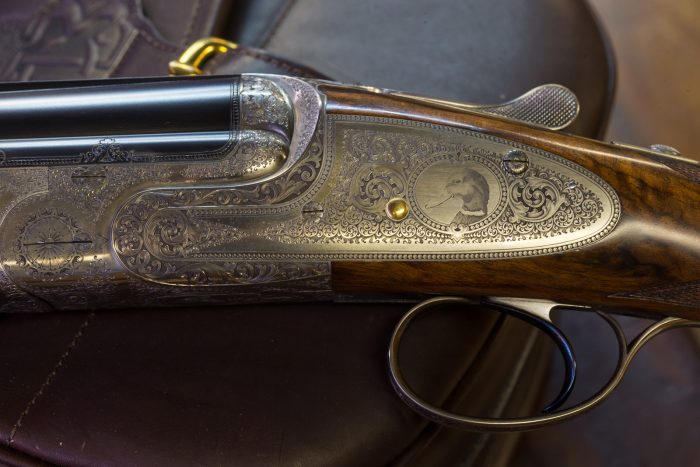
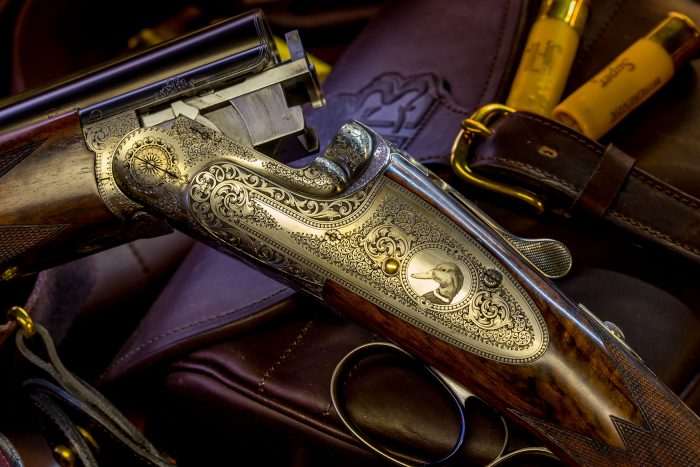
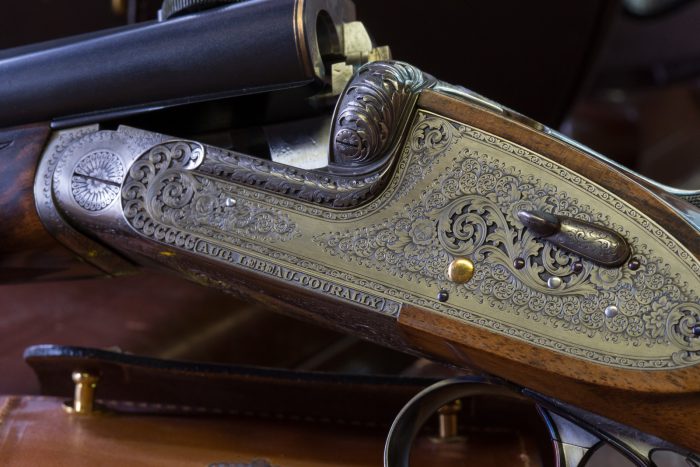
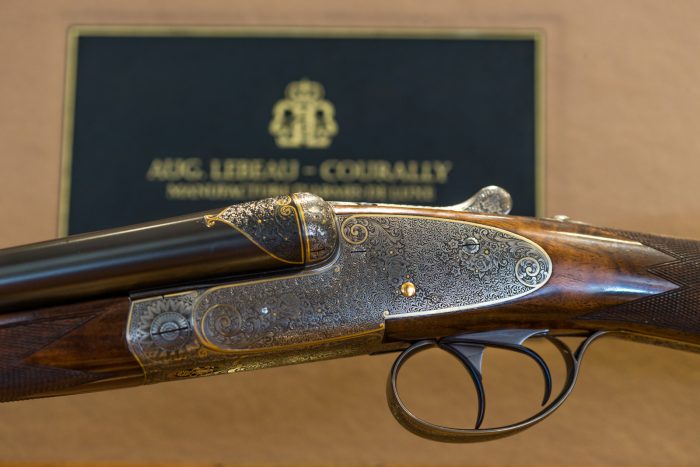
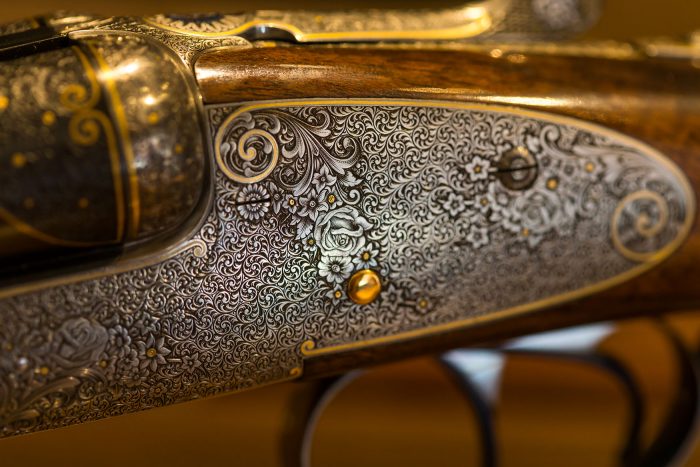
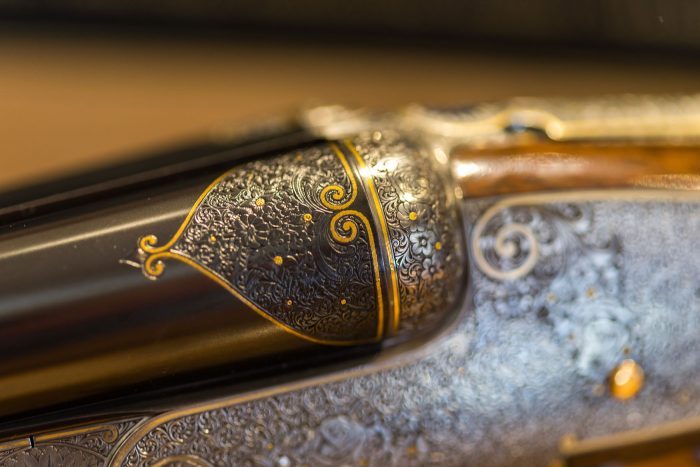
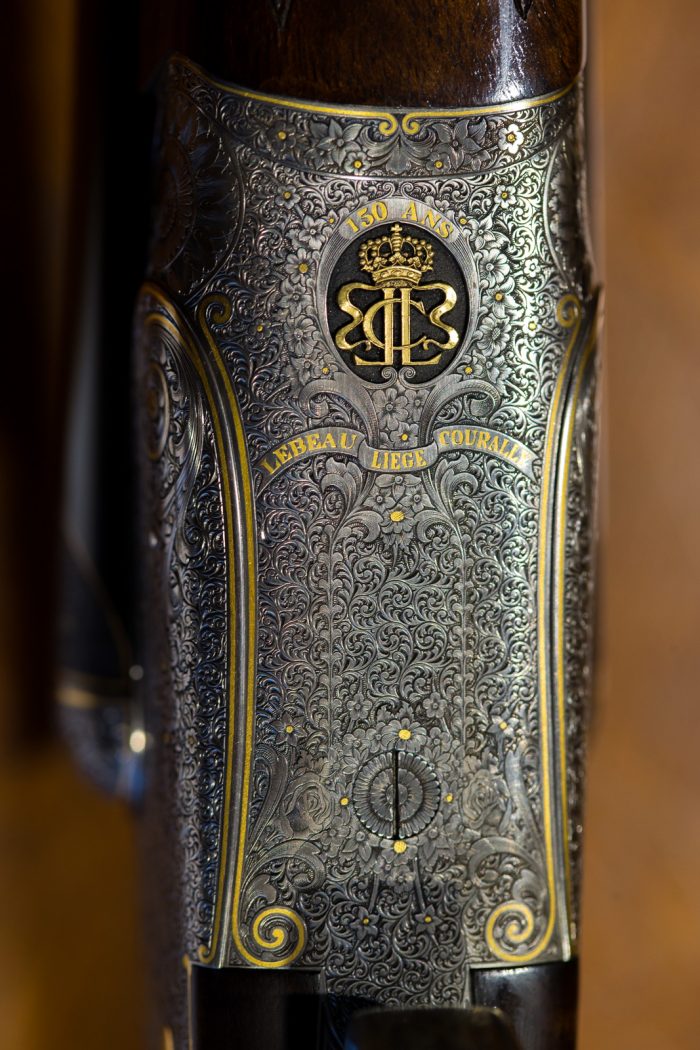
The End

